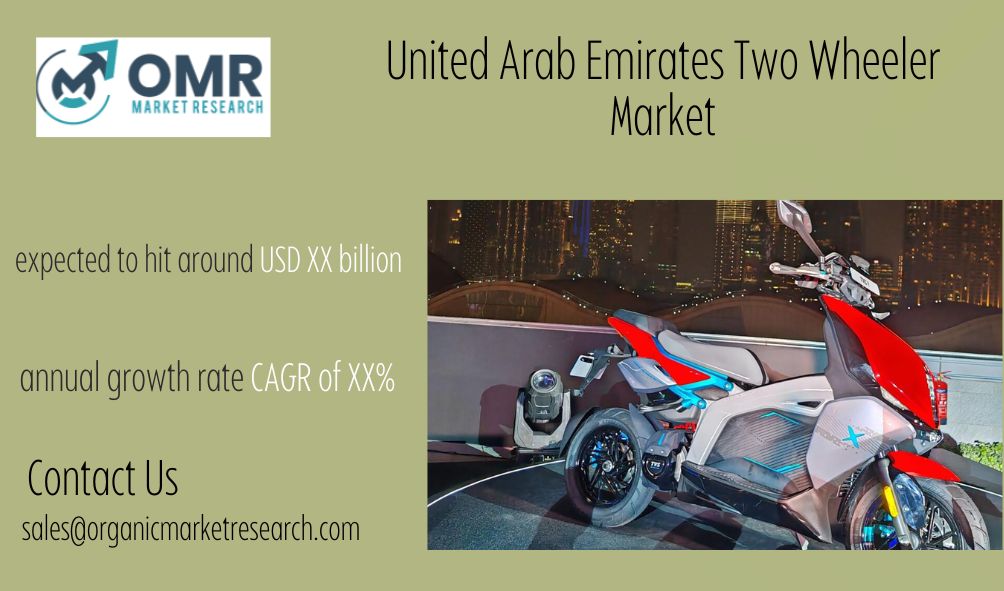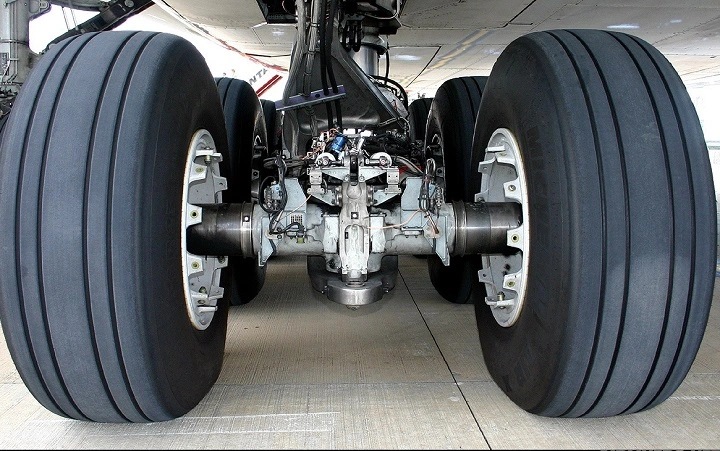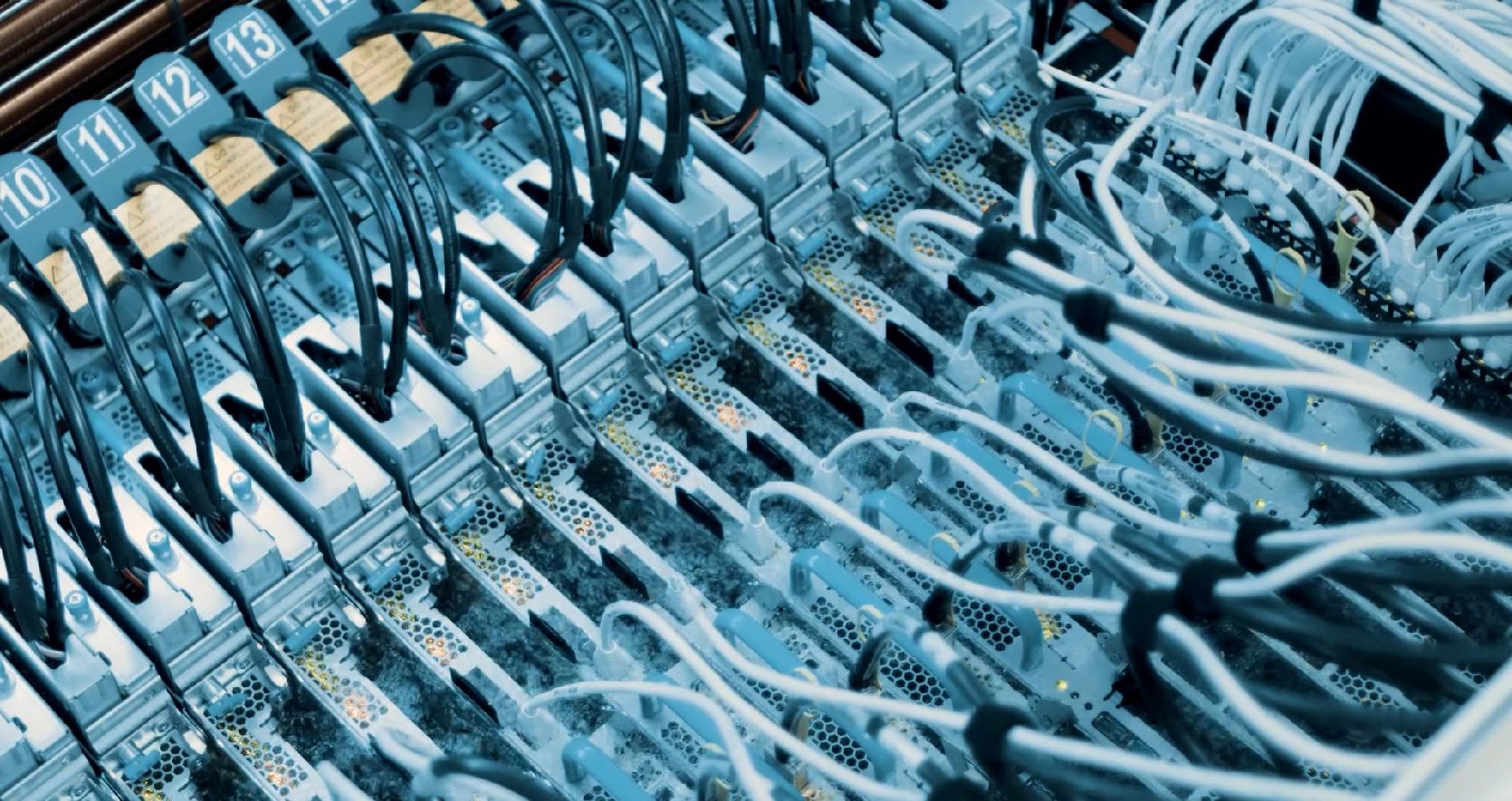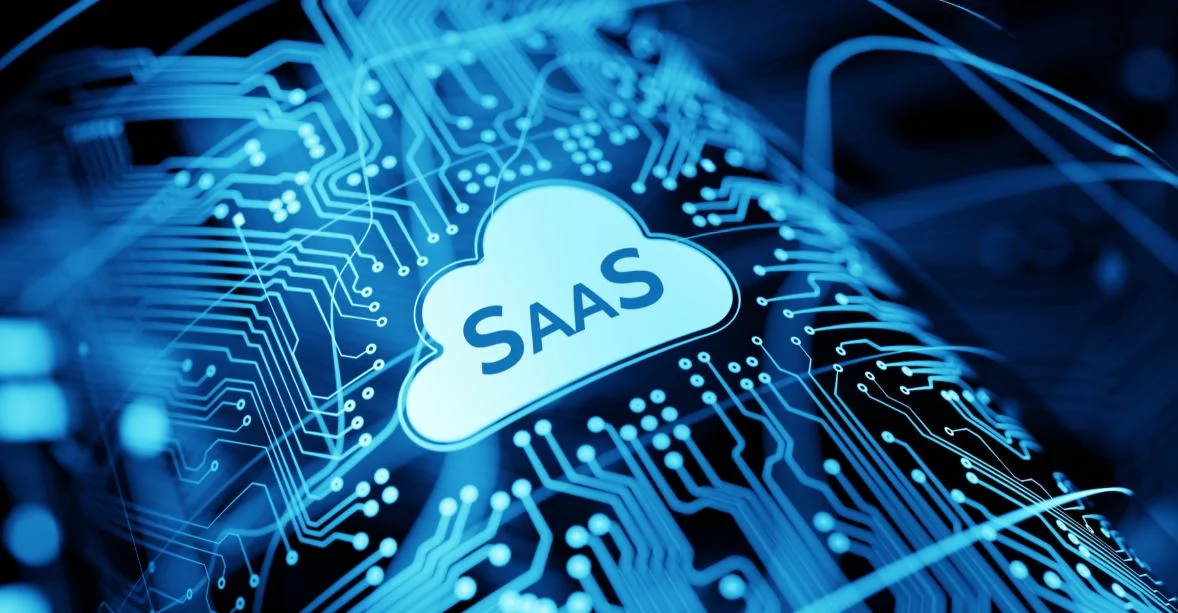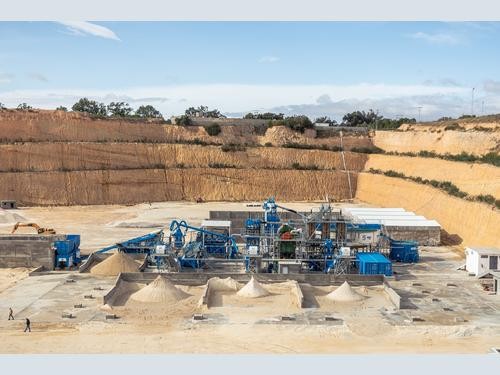Global Immersion Cooling Market is rising due to the growing need for data-driven insights to optimize human resource management, enhance workforce productivity, and make informed talent-related decisions in the forecast period 2023–2031.
Global Immersion Cooling Market has valued at USD 354.73 Million in 2022 and is expected to hit around USD XX billion by 2031, poised to grow at a compound annual growth rate (CAGR) of XX% from 2022 to 2031.
The industry that produces, distributes, and uses immersion cooling systems and technologies is referred to as the worldwide immersion cooling market. By immersing computer gear, such as servers, data centres, and other high-performance computing systems, directly into a non-conductive cooling liquid, immersion cooling is a novel way to keep it cool.
During the immersion cooling process, electronic parts or entire systems are placed in tanks or containers that have been properly built and are filled with dielectric fluids, such as mineral oil or tailored fluids. Direct contact between the cooling liquid and the heat-generating parts effectively dissipates heat and maintains ideal operating temperatures.
The trajectory of the immersion cooling market is being shaped by a number of important developments in the current global market environment. First off, there is a rising need for environmentally friendly and cost-effective cooling systems. Organisations are looking for alternatives to conventional cooling techniques due to rising environmental concerns and the need to minimise carbon emissions. Immersion cooling is becoming more popular due to its capacity to drastically cut energy use and carbon emissions.
Second, the demand for effective cooling solutions is being driven by the increasing usage of high-performance computing and data-intensive applications. With the increase in data output and the development of technologies like AI, machine learning, and blockchain, a strong cooling infrastructure is needed to preserve device reliability and minimise performance degradation.
Thirdly, the need for novel cooling techniques is being driven by the rising power density in data centres. Modern data centre facilities benefit from immersion cooling’s capacity to handle larger heat loads and deliver uniform cooling across components.
A shift towards modular and adaptable immersion cooling systems is also being seen in the industry. These systems enable organisations to scale up their cooling infrastructure in response to changing computational demands because of their flexible deployment options.
RECENT DEVELOPMENTS:
Due to the rising demand for more effective and affordable cooling solutions for data centres and high-performance computing (HPC) applications, the global immersion cooling market has been expanding significantly. IT hardware, such as servers or GPUs, are immersed directly into a non-conductive liquid coolant as part of a technology called immersion cooling, which provides more efficient heat dissipation than conventional air-based cooling techniques.
The market for immersion cooling has recently seen a growth in the use of this technology by large-scale data centre operators. Immersion cooling is a desirable alternative for businesses trying to optimise their data centre operations since it enables larger power densities, lowers energy usage, and offers improved cooling efficiency. As a result, significant players in the data centre sector are investing in and integrating immersion cooling solutions into their infrastructure.
The emergence of specialised immersion cooling solutions built for certain purposes, like bitcoin mining, is another key industry trend. Significant computer power is needed for cryptocurrency mining, which results in considerable energy consumption and heat production. In order to overcome these difficulties, miners might increase their performance and energy efficiency by using immersion cooling.
Furthermore, improvements in immersion cooling technology have sparked the creation of greener, sustainable alternatives. Some businesses use biodegradable, low-global-warming-potential dielectric fluids, which lessen the environmental impact of cooling systems.
Market Segmentation:
Market Breakup: By Cooling Liquid
- Mineral Oil
- Engineered Fluids
- Fluorocarbon-Based Fluids
- Two-Phase Immersion Cooling
Market Breakup: By Cooling Mode
- Single-Phase Immersion Cooling
- Two-Phase Immersion Cooling
Market Breakup: By End-User Industry
- Data Centres
- High-Performance Computing
- Cryptocurrency Mining
- Edge Computing
- Cloud Computing
- Artificial Intelligence And Machine Learning
- Defence And Aerospace
- Automotive
- Others
Market Breakup: By Component
- Cooling Systems
- Cooling Fluids
- Tanks And Enclosures
- Heat Exchangers
Regional Analysis
The size and scope of the global Immersion Cooling industry vary by region and are important and expanding. Below is a quick summary of the industry’s regional analysis:
North America: Due to the existence of big technology businesses, data centres, and high-performance computing facilities, North America is a prominent market for immersion cooling. The demand for energy-efficient cooling options is particularly high in the United States, which is also a centre for technical development. The region’s emphasis on environmentally friendly practises and adoption of cutting-edge technology aid in the expansion of the immersion cooling business.
Europe: Immersion cooling has a developed market in Europe, with major participants including the United Kingdom, Germany, and France. Immersion cooling is a desirable alternative in the area since it places a strong emphasis on environmental sustainability and has strict energy consumption standards. The demand for effective cooling solutions is being driven by the expansion of data centres, AI applications, and HPC in Europe.
Asia-Pacific: Due to rising digitization, expanding data centre infrastructure, and technical breakthroughs in nations like China, Japan, and India, the Asia-Pacific region is a fast-expanding market for immersion cooling. The increasing IT sector in the area, as well as the development of AI, cloud computing, and big data analytics, are driving the demand for efficient cooling solutions. Government programmes encouraging digital transformation and smart cities also help the local market expand.
Latin America: Immersion cooling is becoming more popular in South America, where economies like Brazil and Mexico are growing quickly. The demand for effective cooling solutions is driven by the region’s growing IT sector, investments in data centres, and adoption of cutting-edge technologies. Opportunities for immersion cooling are being created in South America as a result of the emphasis on cutting energy use and increasing operational effectiveness.
Middle East and Africa: The expansion of data centre infrastructure and initiatives for digital transformation are driving the market for immersion cooling in the Middle East and Africa region. To address the growing need for data storage and processing, nations like the United Arab Emirates, Saudi Arabia, and South Africa are investing in cutting-edge cooling systems. Immersion cooling is a desirable alternative due to the region’s harsh climatic conditions and the demand for energy-efficient cooling solutions.
Market Breakup By Region
- North America
- Europe
- Asia Pacific
- Latin America
- Middle East and Africa
Competitive Landscape
The Immersion Cooling Industry competitive landscape provides details by competitor. Details included are company outline, company financials, revenue generated, market potential, investment in research and development, new market initiatives, worldwide occurrence, production sites and facilities, production capacities, company strengths and weaknesses, product launch, product width and breadth, application dominance. The overhead data points providing are only related to the businesses’ focus related to Immersion Cooling marketplace.
Latest reports:




